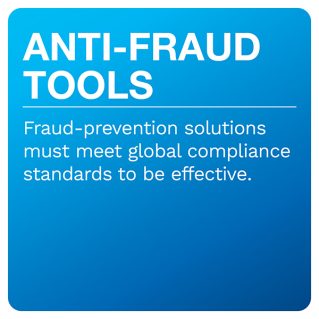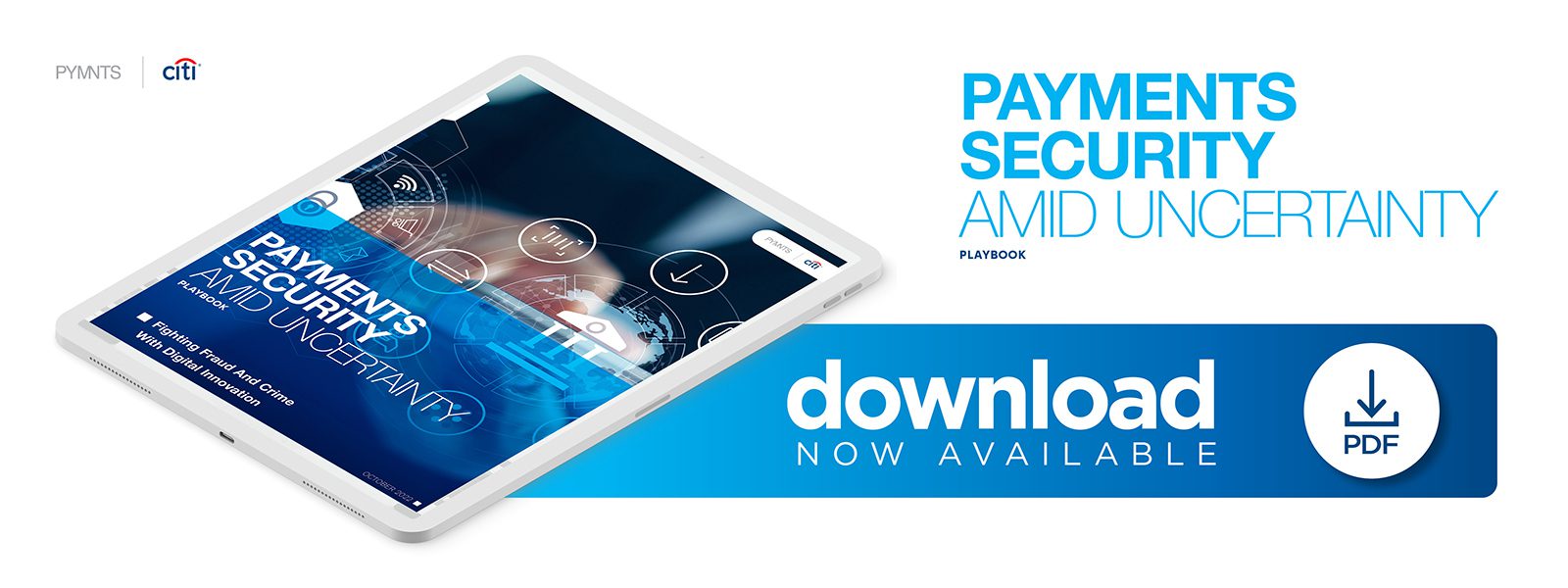3 Essential Steps Businesses Need To Ensure Global Payments Security

Fraud attacks on consumers may be waning, but efforts to compromise financial institutions and other commercial entities are on the rise, and organizations must learn how to defend themselves against sophisticated criminal operations. 
That’s according to “Payments Security Amid Uncertainty: Fighting Fraud And Crime With Digital Innovation,” a PYMNTS and Citi collaboration. The report examines the security challenges facing businesses and how they can develop a robust strategy to defend the integrity of their organizations while promoting growth in a volatile global marketplace.
A Question of Resources
When businesses fail to implement innovations to streamline processes and make operations more secure and efficient, it is rarely due to a lack of will or even an entrenched company culture. Often it is a lack of resources — which is often tied to the level of growth that an organization may have achieved at a given stage.
 Many global businesses lack access to the modern digital tools needed to identify fraud vulnerabilities and mitigate emergent fraud threats before they impact user experience, data security and revenues.
Many global businesses lack access to the modern digital tools needed to identify fraud vulnerabilities and mitigate emergent fraud threats before they impact user experience, data security and revenues.
Unfortunately, criminal attacks are not limited to large or small organizations – and any vulnerability in security strategy, especially with respect to payments and related transactions, may invite a fraud attack.
Fraud typologies have evolved
Businesses face a complex choice: Focus on growth and seamless user experiences and hope that security measures are sufficient, or focus on security and ignore the impact of a one-size-fits-all process.
Today, a range of fraud types are on the rise globally, and consumers, businesses and entrepreneurs are paying the price in lost funds, sales and compromised accounts. Many businesses prioritize consumer protection, but providing seamless payments experiences within a secure environment is a daunting challenge.
A key problem — with a singular focus on customer experience or swift B2B transactions — is that risks will multiply as businesses grow.
This move of convenience can lead to criminal actors exploiting less secure payments processes to launch scams, manipulate refund policies or compromise user accounts at scale in real time, often before a platform is aware of a breach.
According to the report, the first step toward a balance between security and user experience is to identify existing and potential vulnerabilities in payments processes and develop a strategy to address each one using existing resources or a third-party solution.
Modern risk requires a modern solution to security vulnerabilities. With a technically advanced payments solution, businesses can manage security risks without compromising the user experience.
To learn more, download the report.

